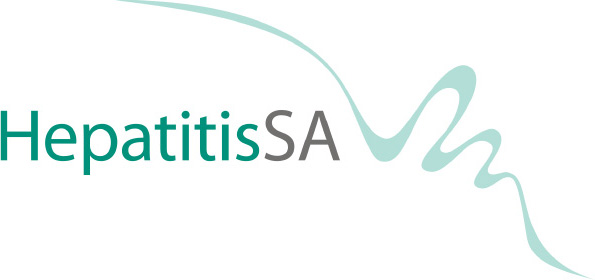A PDF version of this document can be downloaded here.
Purpose
Lead the community response to the elimination of viral hepatitis as a public health threat in South Australia by 2030.
Values
- Participation of people affected by viral hepatitis
- Respect for diversity and the context of people’s lives
- Partnership
- Creativity and innovation
- Evidence-based practice
- Accountability and transparency
Guiding Principles
- Access and Equity
- Health Promotion
- Harm Reduction
- Human Rights
- Self Determination
Framework
The framework for the Hepatitis SA Strategic Plan 2020–2025 is based on the priority areas for action in the Third National Hepatitis B Strategy, the Fifth National Hepatitis C Strategy, and the Fifth National Aboriginal and Torres Strait Islander STI & BBV Strategy, and their South Australian Implementation Plans.
| Priority Areas | Strategies |
|---|---|
|
1. Education & Prevention Improve knowledge and awareness of viral hepatitis in the general community and priority populations, to support prevention of transmission and engagement in testing, treatment and care. Improve equitable access to prevention for all priority populations. |
1.1. Lead World Hepatitis Day activities in South Australia and participate in other community events/campaigns which raise awareness of viral hepatitis. 1.2. Provide a hepatitis helpline, including access for prisoners. 1.3. Provide viral hepatitis education to priority populations. 1.4. Produce and distribute tailored viral hepatitis information resources in various formats, to priority populations. 1.5. Provide CNP peer education and support services to people who inject drugs. 1.6. Work in partnership with clinicians to facilitate hepatitis B vaccination clinics to key communities. |
|
2. Testing, Treatment & Management Maximise the number of people diagnosed. Support innovative testing and care for people living with viral hepatitis. |
2.1. Support/promote innovative testing and care in community settings. 2.2. Work in partnership with clinicians to facilitate community based viral hepatitis screening clinics for high-risk communities, including people from high prevalence countries. |
|
3. Equitable Access & Care Coordination Continue to strengthen connections between priority populations, the healthcare workforce and community organisations. Ensure equitable access to treatment and care for all priority populations... |
3.1. In partnership with community-based viral hepatitis nurses, provide outreach hepatitis C treatment peer education and support to engage priority populations in HCV care/treatment. 3.2. Participate in the South Australian Viral Hepatitis Nurse led Model of Care Reference Group and other advisory groups and processes aimed at improving equitable access and care coordination. 3.3. Promote / support equitable access to the full range of viral hepatitis services available in the community, for people in custodial services. 3.4. Pursue funding opportunities for an equitable response to HBV in South Australia (compared to HCV). |
|
4. Workforce Facilitate a highly skilled, multidisciplinary workforce that is respectful of and responsive to people with viral hepatitis. |
4.1. Provide/support viral hepatitis workforce development to health, community and other relevant workforces. 4.2. Produce and distribute viral hepatitis information resources for general practitioners and other targeted workforces. 4.3. Provide a helpline service for health and community workforces. 4.4. Build on relationships with Aboriginal and Torres Strait Islander and multicultural workforces to support their response to viral hepatitis. 4.5. Build relationships with universities and training organisations to provide future workforces with opportunities to increase their knowledge and skills re viral hepatitis. |
|
5. Addressing Stigma & Creating an Enabling Environment Minimise the impact of stigma and discrimination on the health of people with viral hepatitis. Address legal, regulatory & policy barriers which affect priority |
5.1. Challenge stigma and discrimination by:
5.2. Provide feedback to relevant parties / participate in consultation processes regarding structural barriers which affect access to viral hepatitis health services for priority populations. |
|
6. Data, Surveillance, Research & Evaluation Continue to build a strong evidence base for responding to viral hepatitis. |
6.1. Promote/support South Australian research and participation in national research studies. 6.2. Provide an online library which promotes current research. 6.3. Participate in the monitoring and review of the local implementation of the national viral hepatitis strategies. |
Download a PDF version of this document from our Official Documents page.


